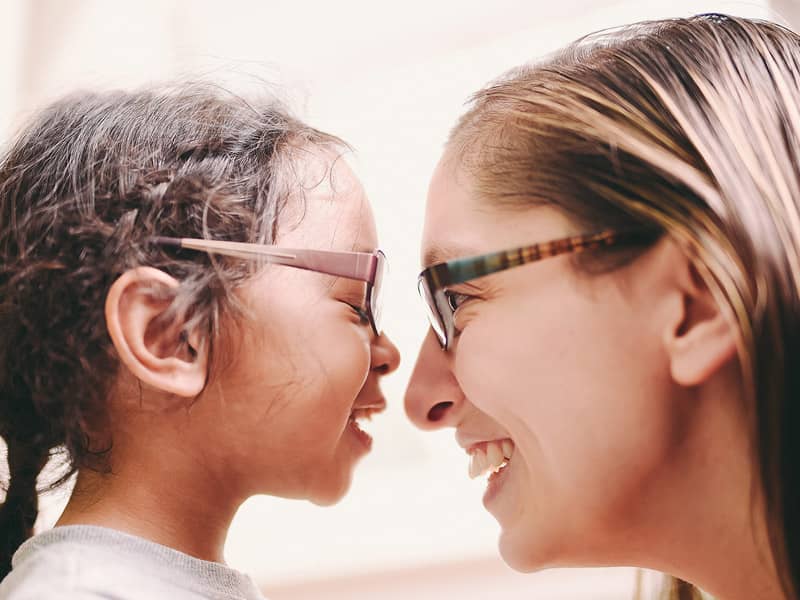Advent, the four weeks preceding Christmas, is the season of the church year when we are invited to discover that waiting can be a gift. A tall order for a two- and four-year-old, you may think, but trust me, I had carefully thought out how to do this age-appropriately.
By mid-November, according to strategy, I had all my supplies in hand. First, the Advent wreath, a ring-shaped candleholder in burnished brass. I'd driven up along the Hudson to a hilltop monastery and bought it in their gift shop. Next, the candles in traditional colors: three purple, one pink, and one white. Third, the Advent calendar. My local stationery stores had a big supply of the gimmicky chocolate-a-day kind, which I'd decided were definitely not for us. In the monastery gift shop I found an old-fashioned one with a glowing illustration of the manger scene, plenty of glitter, and Bible verses with little pictures behind each tiny door.
On December 1st, I brought out the wreath and the candles and set them on the dining room table. "Look what Mommy has," I told the kids. "It's an Advent wreath."
"Pink!" announced my two-year-old daughter, grabbing the pink candle and putting it into her mouth.
"That's not for eating, sweetie." I pulled it away, but not before it had cracked. "We're going to stick these into the wreath. The purple and pink go all around the circle, and the white one goes in the middle. It's called the 'Christ-candle.'"
Next I brought out the Advent calendar. "See all the tiny doors? Every night of Advent we're going to open one door and see the surprise inside."
"Open it now," said my daughter, lower lip jutting out.
"No, we're going to wait till dinner with Daddy and make it a really special time. And since we're lighting the first candle, I think we should have a really special dinner. What would you like to have?"
And so it came to pass that on the night we lit the first Advent candle, each of the plates on our dinner table contained a slice of takeout pizza.
After the candle was lit I held up the Advent calendar, and they both shouted, "I want to open the door!"
"No, me!" They had nearly come to blows when my husband, who used to play football, intervened with a coin toss.
The broken pink candle never did stand straight up. Nothing that night went quite the way I'd planned. Still, as they gazed at the flame their faces still glowed, and for just an instant, time seemed to stop.
Eleven Decembers later, the brass wreath is right in the middle of our dining room table again, decorated as always with holly from our front yard. And when the kids aren't rushing off to teen parties or basketball practice or "Nutcracker" rehearsal, my husband and I still watch their faces glow in the candle flame. Time seems to be speeding by awfully fast these days, but when we gather around the Advent wreath, every so often I feel it stop again.
So often parents wear themselves out trying to create the perfect, meaningful, noncommercial Christmas for their kids. But sacred rituals--unlike investment portfolios and interior-decorating schemes--aren't things that we can plan and manage. Nor should they be.
Rituals have power over us. Human beings have known this from Paleolithic days, when people danced in caves under bison painted on limestone walls. Lighting a candle or singing a carol slows us down, brings us into the present moment. Over the years, as we share the simplest sacred rituals with the people we love--who tend to delight and annoy us in pretty much the same ways all year round--rituals open us up to the presence of the holy, right in the midst of our mundane lives.
The best rituals, I've found, are the ones in which parents focus more on participating than planning. When Mom and Dad aren't focused on doing things the "right" way or on getting kids to respond, then children are free to approach rituals with all their natural spontaneity and imagination, and everyone is blessed.
Merry Christmas.

